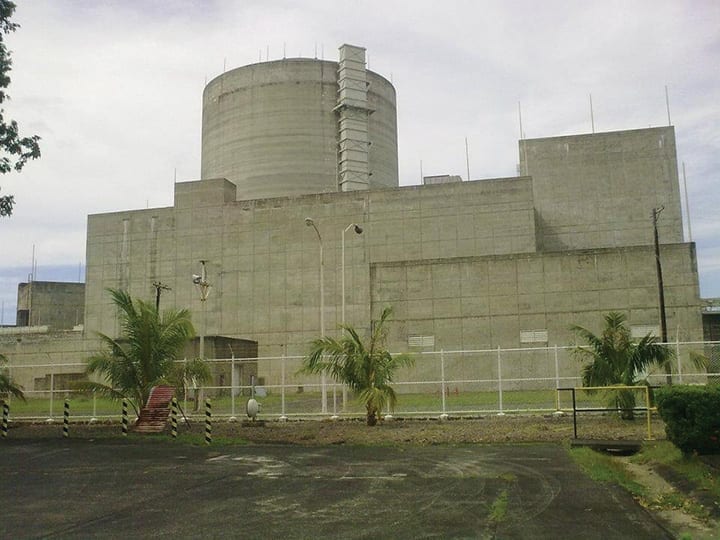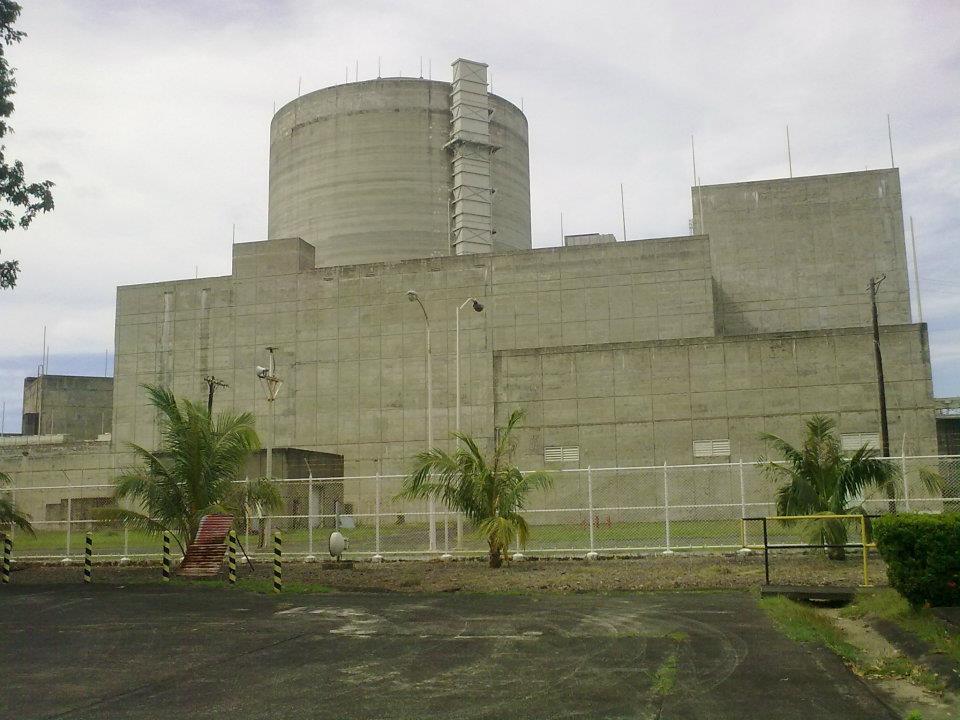Philippines May Restart Bataan Nuclear Plant Project

The winner of the Philippines' presidential election earlier this month has made another move in support of reviving nuclear power in that country, holding talks with South Korea about enlisting help to restart a nuclear power plant project that was abandoned nearly 40 years ago.
President-elect Ferdinand Marcos Jr. met with Kim Inchul, South Korea's ambassador to Manila, on May 23 to discuss reviving the 620-MW Bataan Nuclear Power Plant. The Bataan plant was championed by Marcos Jr.'s father, Ferdinand Marcos Sr., during the latter's time as the country's leader, and $2.3 billion was spent on the plant's construction.
 Ferdinand Marcos Jr., son and namesake of longtime Filipino president Ferdinand Marcos Sr., was elected as president of the Philippines on May 9. Marcos Jr., known as Bongbong, has said nuclear power will be a priority for his administration. Source: Wikipedia
Ferdinand Marcos Jr., son and namesake of longtime Filipino president Ferdinand Marcos Sr., was elected as president of the Philippines on May 9. Marcos Jr., known as Bongbong, has said nuclear power will be a priority for his administration. Source: WikipediaThe Bataan facility-what would have been the country's first and only nuclear plant-was never commissioned, as safety concerns arose after the Three Mile Island accident in the U.S. in 1979, and the Chernobyl disaster in 1986 in the then-Soviet Union.
Corazon Aquino, who succeeded Marcos Sr. as president in 1986 after the latter's ouster, ordered the plant's construction shut down in one of her first acts after taking the country's leadership.
Vocal SupportMarcos Jr. repeatedly expressed support for nuclear power during his presidential campaign prior to the May 9 election. Much of the campaign, which featured 10 candidates, focused on addressing the country's high prices for power. While the other presidential candidates were not as vocal in their support for nuclear power, all said high energy costs were a major issue for the Philippines.
One candidate, Filipino boxing legend Manny Pacquiao, attacked the outgoing administration of President Rodrigo Duterte for not doing enough to lower electricity costs. Pacquiao's PROMDI party had expressed support for nuclear power, but also supported a nuclear weapons program.
For more background on nuclear power in the Philippines, read Philippines Taking New Look at Nuclear Power" in the October 2020 issue of POWER.
Duterte earlier this year signed an executive order detailing the Philippines' position on a nuclear energy program. Executive Order (EO) No. 164 said nuclear power needs to be part of the country's energy mix but must align with economic, political, social, and environmental objectives.
Toward this end, and taking into consideration the experience of developed and growing economies, nuclear power shall be tapped as a viable alternative baseload power source along with alternative energy resources, to address the projected decline of coal-fired power plants which come under increasing environmental opposition," the EO document says.
Energy PlanThe Philippines' latest energy plan, published in January, predicts 7% annual growth in electricity consumption. Coal-fired generation (57%) and gas-fired generation (19%) are currently the leading sources of electricity production, and the country in 2020 pledged not to build more coal-fired power plants as part of its decarbonization effort.
 The Bataan Nuclear Power Plant would have been the first nuclear plant built in the Philippines, but construction of the 620-MW facility was halted in 1986 after the ouster of then-President Ferdinand Marcos Sr. Filipino officials have discussed reviving the project, with president-elect Ferdinand Marcos Jr.-son of the former leader-supporting finishing construction and bringing the plant online as part of the country's nuclear program moving forward. Source: Creative Commons / Jiru27
The Bataan Nuclear Power Plant would have been the first nuclear plant built in the Philippines, but construction of the 620-MW facility was halted in 1986 after the ouster of then-President Ferdinand Marcos Sr. Filipino officials have discussed reviving the project, with president-elect Ferdinand Marcos Jr.-son of the former leader-supporting finishing construction and bringing the plant online as part of the country's nuclear program moving forward. Source: Creative Commons / Jiru27The energy plan, covering 2022 to 2040, predicts demand for natural gas will double, and will need to be served by imports of liquefied natural gas. Filipino energy analysts have said estimated costs for new renewable energy, including both solar power and hydropower, do not show a cost savings over current generation sources. Those analysts have said adding hydropower would mean flooding important rice-growing areas, and the expected investment to add more solar power would be about $22 billion-with solar needing up to a 20% capacity backup from natural gas.
Marcos Jr. continues to push the idea of restarting the Bataan project as he prepares for his June 30 inauguration. His meeting Monday with the South Korean envoy comes after researchers from both that country and Russia said the plant, despite the age of the infrastructure left when construction was halted, remains viable.
Can we continue with it or do we need to build a new one? What are the things that we will have to do?" Marcos told a news conference after Monday's meeting. So we revived the discussions on it, although they have come before. We will now study their recommendations and their findings, and we will see if we can still apply."
Analysts have cautioned that restarting the Bataan project, with needed upgrades, could take at least four years and cost at least $1 billion. The plant's location-about 50 miles west of Manila, in an area of volcanic activity and prone to earthquakes-also has been questioned.
-Darrell Proctor is a senior associate editor for POWER (@POWERmagazine).
The post Philippines May Restart Bataan Nuclear Plant Project appeared first on POWER Magazine.